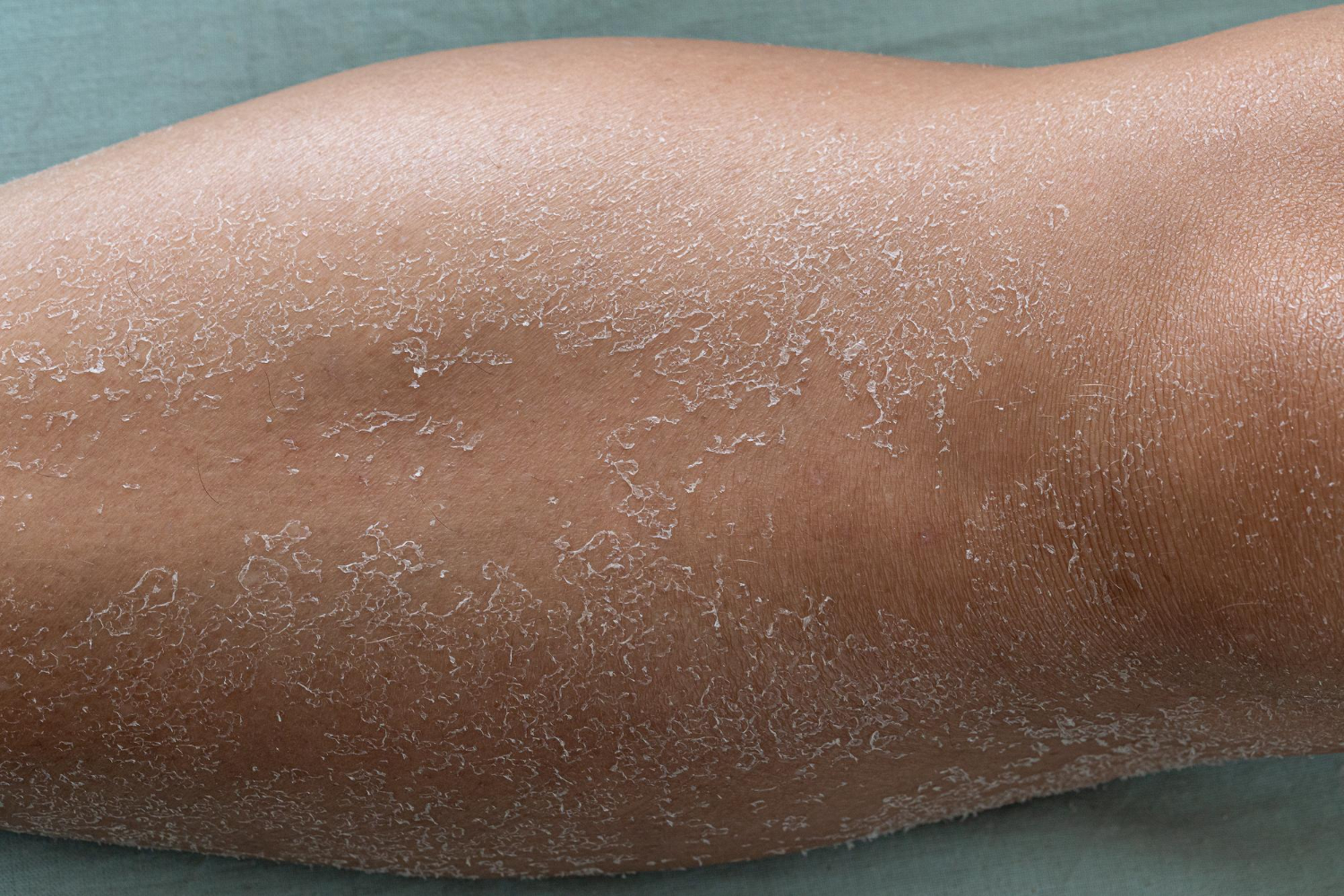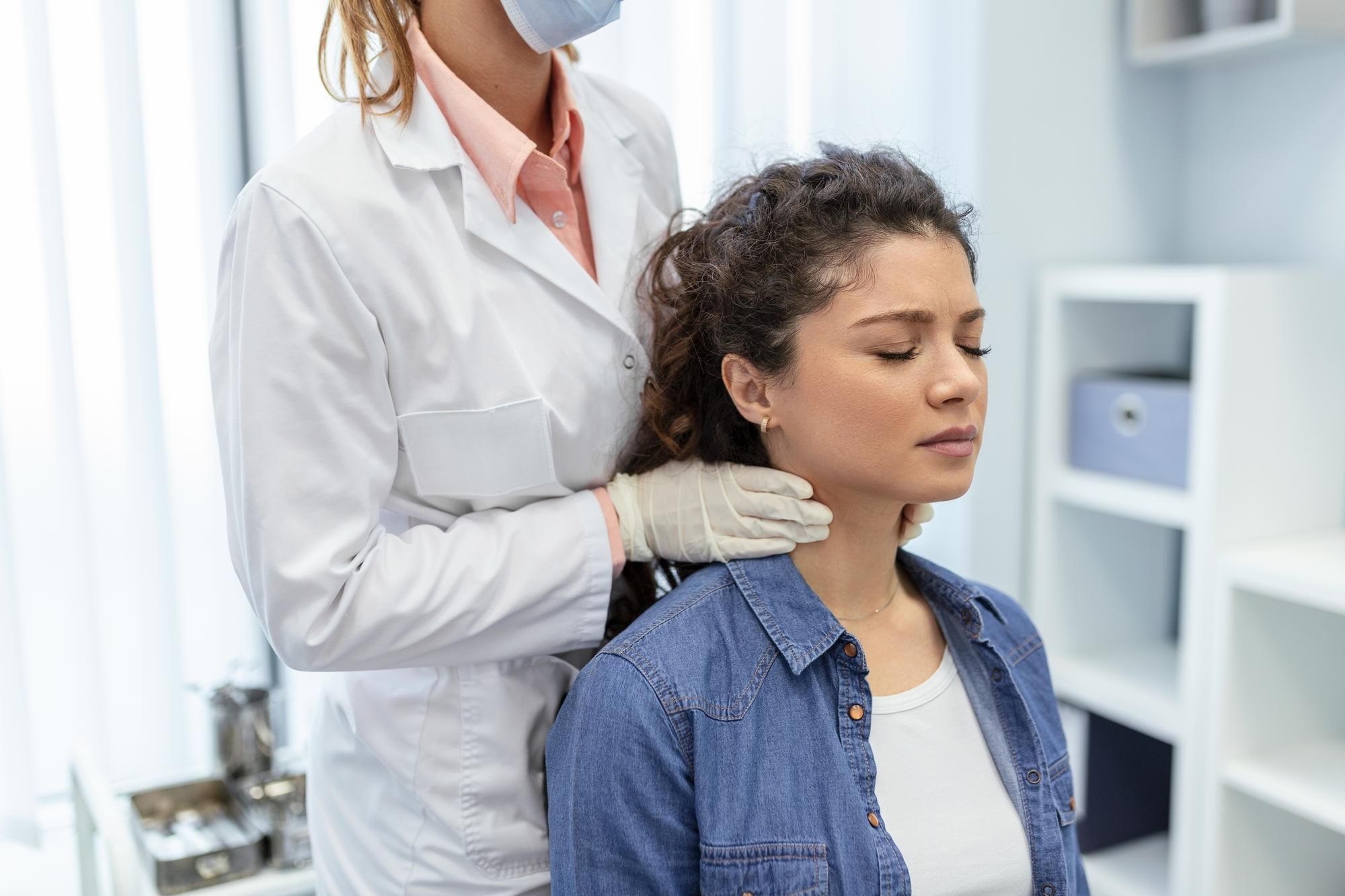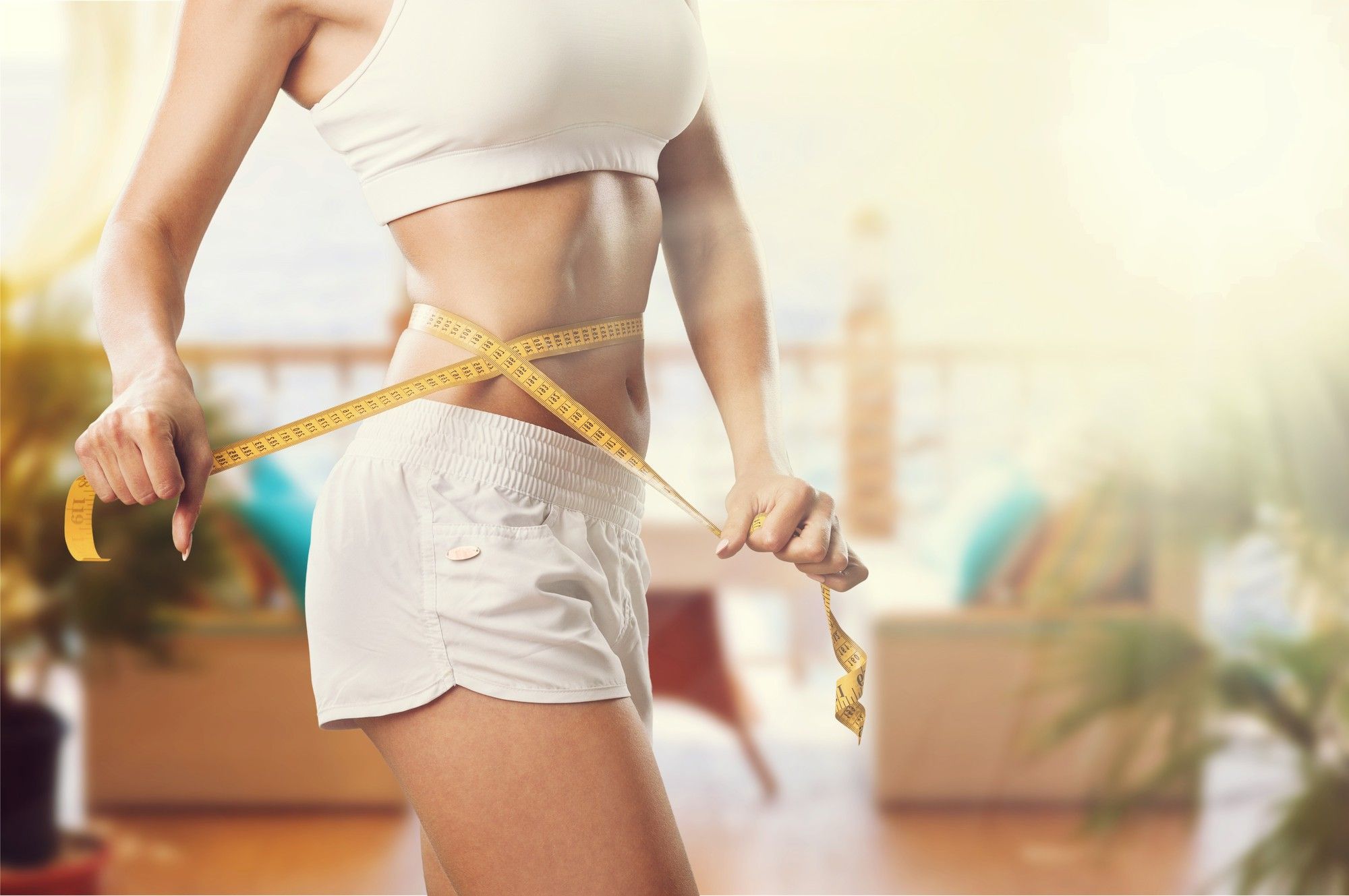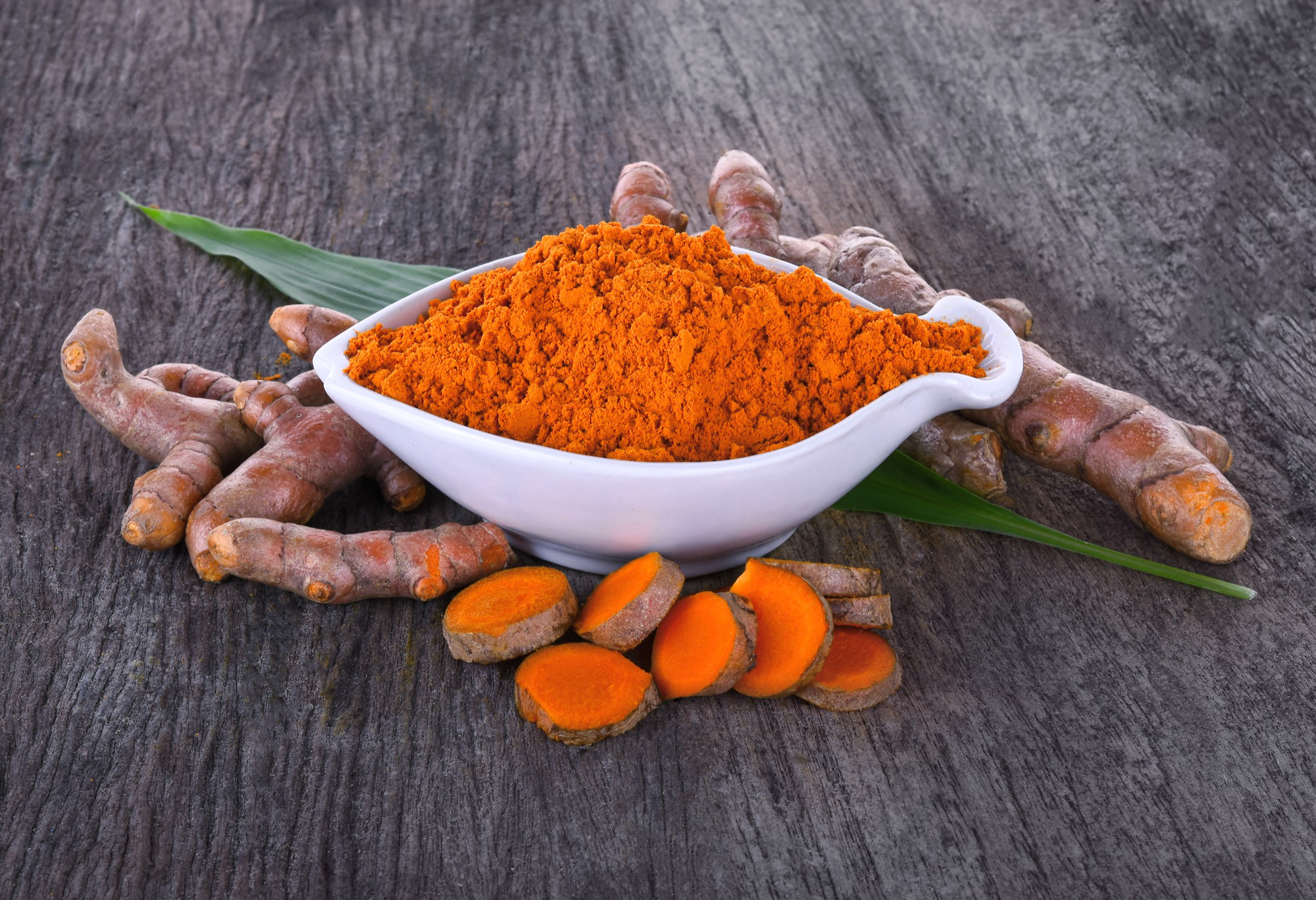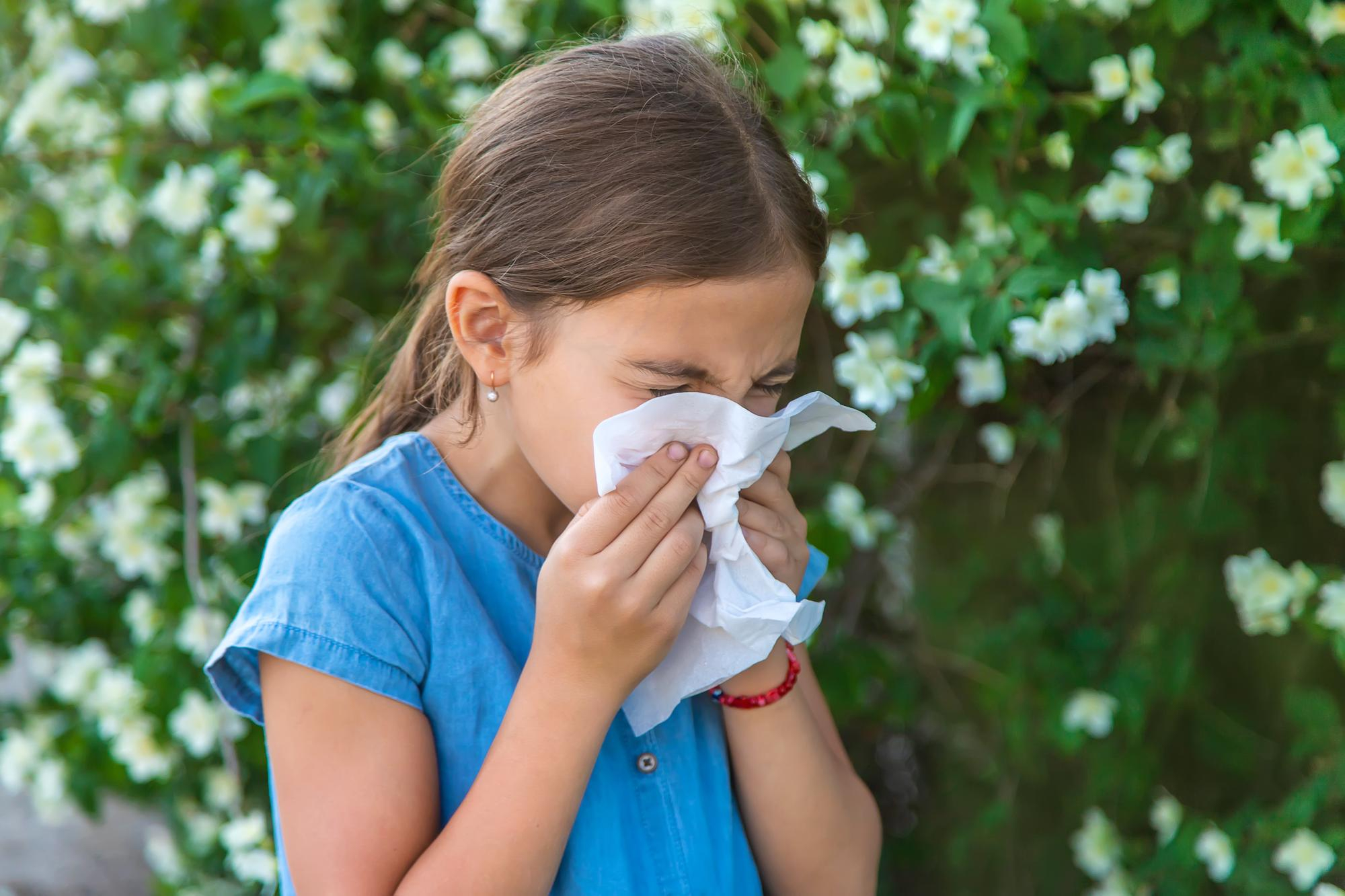Caring for a baby looks more like a challenging task, especially when it’s your first time being a parent. You’re still trying to figure out ways of how to disinfect their clothes, give them medications on time, and how to make yourself available always for them.
As a parent, you do learn something new about your baby every day, and it’s still kinda hard to decipher whether the runny nose your baby is experiencing is normal and there’ll be relief with time, or it urgently needs a doctor’s attention.
The whole stress is real parents, and we’re here for you. Yes, we are, and we’ll be with you through your journey of parenting for the first time. We did put together some information on baby sickness, highlighting 10 ways in which you can identify them. Read on to understand the various ways.
How Do I Know If My Baby is Sick?
Unlike adults, babies have a developing immune system that needs extra care than the normal daily baby treatments. Those who are exposed to daycare environments are highly susceptible to germs which weakens their developing immune system and causes sickness. Well, any baby can fall sick at any time. This is why you need to always be on the lookout for signs. When you notice something abnormal, there might be an issue there.
Check for the following signs in your baby. When noticed, seek medical attention immediately before the condition worsens.
- Jaundice
Due to their developing organs (like the liver), all newborn tends to have a yellow trace over their skin in the first two weeks of birth. However, you need to check to see if this yellow colour shows up immediately after childbirth takes place. If you notice the colour in the palm or soles, reaching out to the doctor will do both you and your baby good. At times, the colour doesn’t just show up like that. To check to see, try pressing his soles gently for some seconds with your thumb. Check if the palm is yellow or pink, and when it is yellow, it might be a sign that your baby is sick.
2. Trouble Breathing
Fast or mild breathing higher than 6o breaths per minute might just be the sign you need to know when your baby is sick. When this is followed by grunting sounds and weighty movements around the abdominal region or chest, and a blue discolouration of the baby’s lips and tongue, you’ll have to seek medical attention immediately. To know the normal breathing rate for a baby, try counting their resting rate of breathing when they are asleep or immediately after feeding.
3. Fever
Did you notice a rapid change in the body temperature of your baby? Well, if it is 100 degrees Fahrenheit and higher, there’s a higher chance that it might be an infection. Take your baby to the doctor in this case, especially if he’s more than 3 months of age.
At times, fever is a feature when it comes to some growth milestones like teething or can be related to dehydration or persistent crying due to a reduced level of milk intake. When your baby is teething, his temperature doesn’t need to be above 101 degrees Fahrenheit. If it’s less, that’s normal, but when there’s an increase, it’s fever showing you its signs.
4. Hypothermia
Hypothermia is a condition characterized by a reduction in temperature (below 97 degrees Fahrenheit) which is dangerous for infants in all climates.
To know if your baby is feeling cold, try comparing the temperature of his sole or palm with that of his belly and back. Use the back of your hand to touch the baby’s body to feel the temperature. If the sole is cooler than the belly, that might be a sign of mild hypothermia. If both the sole and the belly seem cold to touch, then it’s severe hypothermia. This increases the risk of developing cold damage that leads to other complications.
5. Languor and High Floppiness
A baby will have a high response to external stimuli. When touched gently, that alone is enough to arouse the baby from a restful state. Also, the cry of a healthy baby is always loud and clear. If the crying becomes weak or the baby finds it difficult to suckle, then your baby needs urgent help.
6. Vomiting
Drooling or spitting up is normal for babies. This is because their esophageal sphincter is still developing and allows for the reflux of milk. At times, spitting up can be caused by overfeeding. But if the condition persists or vomiting is forceful with green or brown colour, and the baby tends t be hungry or finds it hard to sleep, you’ll have to visit the doctor immediately.
7. Delayed Excretion
During the first 24 hours of birth, a newborn is expected to excrete a sticky stool known as “meconium”. He also has to pass out gas and urine in the first two days. A healthy infant can defecate between 8-12 times per day after every feed. This is normal, but when the stools are watery or green or comes out with blood and mucus, there’s a problem there.
Also, healthy infants pass urine around 6-8 times in 24 hours. So, when you notice a reduction in this frequency or the level of urine passed out is low, your baby might be sick and requires medical attention.
8. Abnormal movements
If you notice some changes in the movement of your baby like rolling the eyes upward, crying unusually, poor response to touches or sounds, or tightening of the arms and legs, then that might be a sign of seizure or convulsion. Seizures at times require urgent medical attention, especially when delayed for more than five minutes. It may lead to the sudden death of your child. So, take no chances and do the right thing on time.
9. Abnormal weight loss
When a baby is born, he experiences weight loss. That’s about 8-10% of his birth weight which he gains back over 7-14 days on earth. If your baby losses more weight than usual and has no signs of regaining it, that might be a sign he is sick and may need urgent medical attention. It might be that the body isn’t getting enough milk.
10. Change in Soft Spot
The fontanels of an infant need to Be firm to touch. But when the fontanels become bulging and sunken, that is a sign that the baby is sick. Sunken fontanels are related to dehydration.
Wrapping Up
As a mother to a newborn, you’re just getting to know many things about your baby. To ensure they’re 100% safe, you need to monitor them. They can’t tell you how they feel inside since they’re still so young. To this effect, it’s left for you to check for signs and symptoms. When you notice anything unusual, try visiting the doctor immediately.
